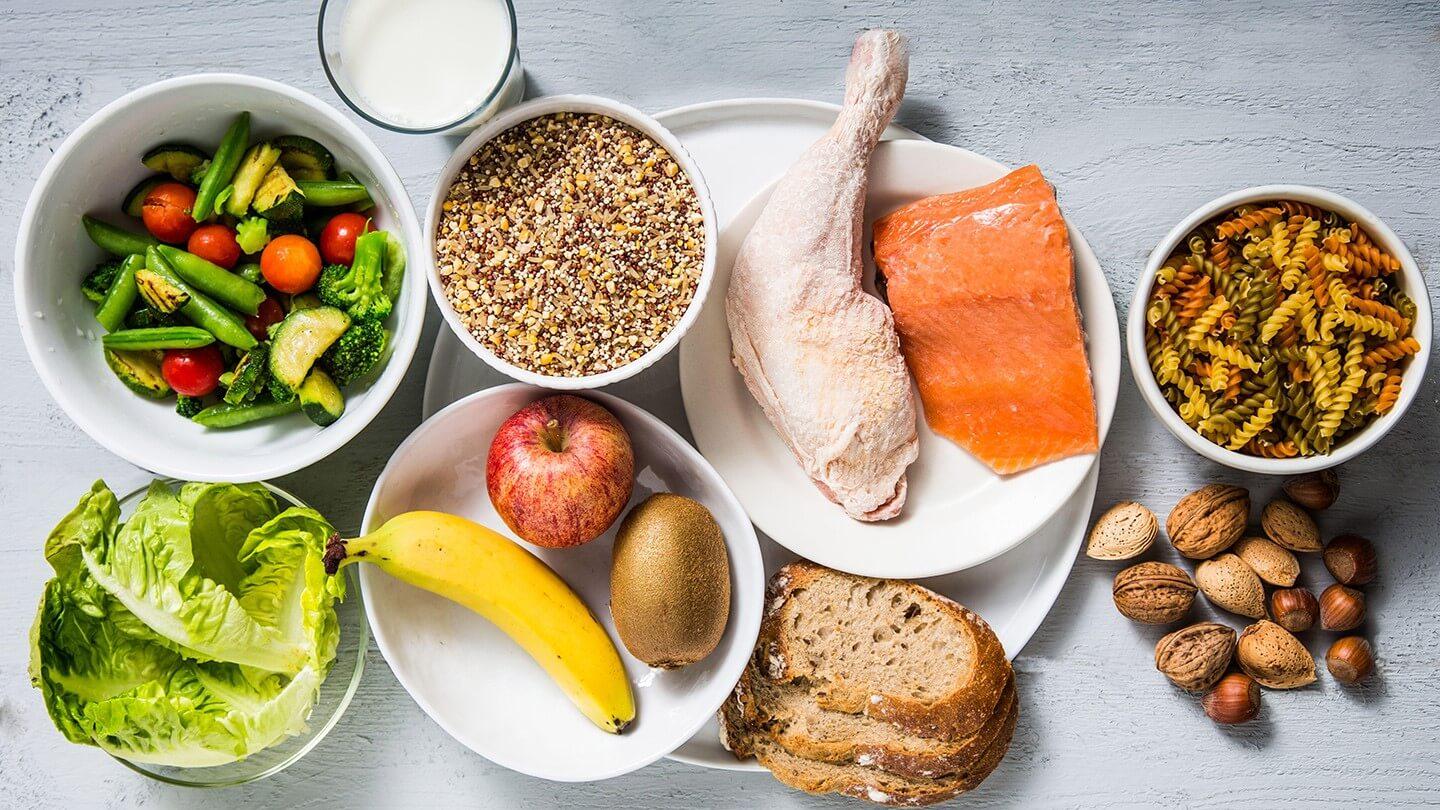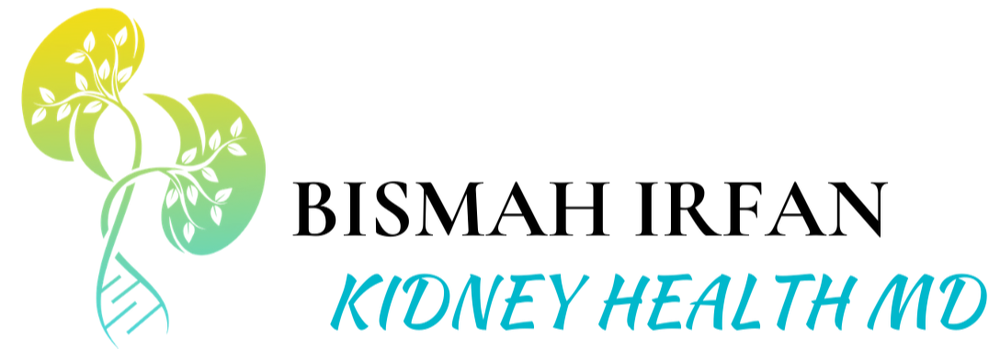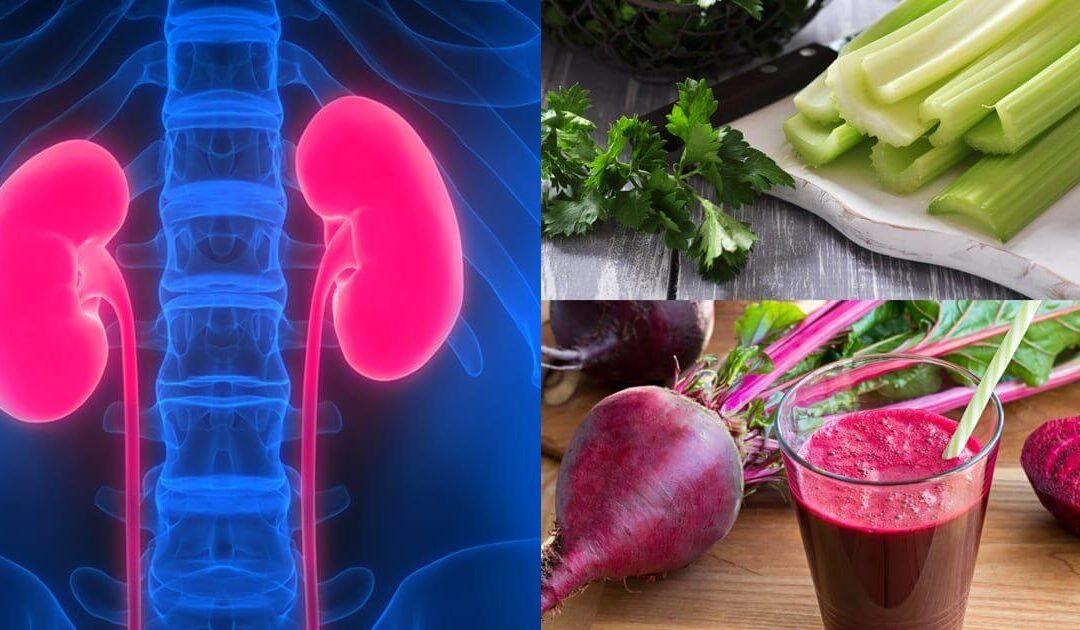Picture this: your kitchen is a sanctuary, but lately, it’s turned into a puzzle room where the pieces are all about managing kidney disease with the right diet. You’ve heard whispers of a low protein foods list for kidney disease, and you’re ready to take control. I remember staring down at my plate—full yet somehow empty of options—and thinking, “There has got to be more than just avoiding steak.” And guess what? There is.
You’ll soon discover how swapping out high-protein suspects for kinder alternatives can make your kidneys sigh in relief. From learning why too much protein spells trouble for weakened filters to crafting meals that nourish without overloading your system—you’re on track to find balance on your plate and peace of mind. Stick around; we’re diving deep into the heart of low-protein living—a journey full of flavor without compromise. Let’s turn that dietary maze into a clear path forward.
Kidney Disease and the Importance of a Low-Protein Diet
Your kidneys serve as your body’s waste management team, filtering waste products out of what you consume before disposing of it in an environmentally responsible manner. However, kidney disease strains their filtering capacities due to increased protein consumption – almost like trying to clean an outdoor concert using only one broom! To ease their workload further and decrease mess for kidneys to manage and improve kidney health. This is where dialing down on protein diet comes into play; giving less material waste for them to deal with.
To get technical for a sec: When you munch on high-protein foods, amino acids strut around in your system but eventually turn into waste called urea – think of them as party leftovers nobody wants. Now imagine if these unwanted guests keep piling up because the garbage disposal (your kidneys) isn’t working right – not fun at all.
The Role of Protein in the Body and its Impact on Kidney Health
Protein is like your body’s handyman, fixing up and building cells with amino acids—its trusty toolkit. But when kidneys play hardball due to disease, they can’t toss out waste like urea as smoothly. That’s where protein metabolism enters the scene—it’s not just about beefing up muscles but also managing what gets left behind.
A high-protein diet might flex too much muscle for already-taxed kidneys. This can lead to an unwanted pile-up of amino acid buildup which spells trouble for kidney function. Imagine your kidneys are the office interns; you don’t want to overload them on their first week. Instead, it makes sense to source proteins wisely and limit intake from meat, poultry, fish, or eggs, and dairy products that could contribute significantly towards this accumulation.
Research shows a solid link between reducing protein intake in those with advanced kidney issues and delaying dialysis—a big win for anyone looking to stretch out their kidney health runway. The National Kidney Foundation suggests leaning into a low-protein game plan could be beneficial here, especially in the context of acute kidney failure treatment.
Comprehensive List of Low-Protein Foods Suitable for Kidney Disease Patients
If kidney health dictates cutting back on steak and cheese consumption, managing a lower protein diet doesn’t need to mean giving up flavorful or nutritious dishes; simply be creative about what foods can fit into the menu instead of thinking only of those off limits.
To give these hardworking organs a break, let’s talk veggies. Vegetable curry isn’t just tasty; it’s also kind to your kidneys because of its low protein content. It pairs well with white rice and olive oil—a duo that brings flavor and healthy fats to the table without adding stress to your renal system.
Vegetable-Based Dishes as Protein Alternatives
A baked sweet potato sprinkled with chives—hold the sour cream—is another hero in this story. Rich in nutrients yet gentle on amino acid buildup, it sits comfortably at the low end of our low-protein foods list for kidney disease. The same goes for thinly sliced zucchini sautéed in vegetable oil: simple, savory, and safe for those watching their protein waste levels.
Healthy Fats That Complement a Low-Protein Regimen
Fats are often demonized but choosing wisely could mean protecting those precious beans inside you—that’s right, I’m talking about your kidneys again. Opting for drizzles of olive oil over dollops of cream cheese helps keep things running smoothly while maintaining calorie intake goals.
Designing a Low-Protein Diet Plan for Optimal Kidney Function
When your kidneys are on the ropes, throwing in more protein is like asking a tired boxer to go another round. You need to cut back, give ’em a break. Reducing protein isn’t about waving the white flag—it’s about strategizing for kidney health victory. We’re not just cutting down on steak and eggs here; we’re crafting an eating plan that still packs a punch with nutrition while laying off the protein heavyweight.

A low-protein diet plan isn’t about nibbling on lettuce all day either. Think of it as being a food DJ—mixing up those tunes but keeping it mellow. It’s all about finding that groove with vegetable soup instead of beef stew or savoring olive oil-drizzled bread rather than slathering butter over everything. If you’re puzzled by proteins and kidney care, worry not. Research has shown us how crucial this balance is right here. So let’s make sure every bite counts without tipping the scales against our hard-working kidneys.
Incorporating Low-Protein Foods into Your Daily Meals
Variety in Vegetable Selections for Daily Meals
Ever tried jazzing up your plate with a rainbow of veggies? It’s not just about color; it’s a savvy move for kidney health. Those with kidney concerns might hear the words “low-protein” and think bland, but that’s far from true. You can amp up flavor without piling on protein by getting creative with vegetable soups or stirring up a storm with veggie stir-fries.
Consider this: A steaming bowl of homemade vegetable soup becomes more than comfort food when you’re watching your protein intake—it turns into smart fuel for your body. Olive oil adds heart-healthy fats, while herbs toss in aroma and antioxidants—no heavy proteins needed.
Sweet potatoes are another powerhouse spud that fits perfectly within dietary guidelines suggesting moderate amounts of high-quality carbs to balance out low-protein foods. Baked sweet potato fries, anyone? Explore homeopathy for kidney disease for a holistic approach to kidney health.
Creative Cooking Techniques to Enhance Flavor Without Added Protein
Think seasoning is synonymous with salt? Think again. Herbs and spices are the secret agents of cooking that make every bite sing—without adding pressure on those kidneys trying to stay healthy. Plus, who needs meat when you’ve got smoked paprika turning cauliflower into something truly magical?
The trick lies in making sure calorie intake remains adequate—a sprinkle of cheddar cheese here or a dollop of sour cream there can do wonders without going overboard on protein content.
Staying Healthy While Managing a Low-Protein Diet
If kidney health requires you to cut back on steak and cheese consumption, managing a low-protein diet doesn’t need to mean giving up all your favorite flavors or healthful benefits – just get creative in finding ways to enjoy what can still be eaten rather than dwelling on what can no longer be consumed!
Balancing Nutrients Beyond Protein Limitations
Let’s talk about keeping things balanced. When protein takes a backseat in your diet plan due to kidney problems, make sure other essential nutrients take the wheel. Amino acids are still key building blocks for staying healthy—so think about adding foods with moderate amounts of these guys into your meals. Think quinoa or buckwheat instead of traditional grains that pack more protein punch.
Mixing up fruits and veggies is also crucial; they’re low in protein but high in vital nutrients and fibers which help keep everything else running smoothly. And let’s not forget fats—they’re not all villains. Adding small amounts of healthy fats from sources like olive oil gives dishes an extra zing while helping you absorb those fat-soluble vitamins.
Regular Monitoring For Long-Term Health Maintenance
Last bit here: Keep tabs on yourself with regular check-ups at the doc’s office—the National Kidney Foundation has great resources if you need them—and stay clued-up by reading up on studies showing how diets like this could extend lifespans when done right.
FAQs in Relation to Low Protein Foods List for Kidney Disease
What are the best foods to eat for kidney function?
Cauliflower, blueberries, and egg whites top the list; they’re kind on kidneys and packed with nutrients.
What can you eat and drink with chronic kidney disease?
Focus on fruits like apples, veggies such as bell peppers, and grains. Hydrate with water or clear sodas.
What protein is easiest on kidneys?
Egg whites deliver high-quality protein that’s less taxing on your kidneys than other sources.
What is a low-protein diet for kidney disease?
A low-protein diet involves limiting meat intake while upping vegetables, fruits, and whole grains to reduce kidney strain.
Conclusion
Managing kidney disease just got easier. You now know that a low protein foods list for kidney disease is your ally, offering relief and control over your condition. We’ve uncovered the why—the delicate dance between kidneys and protein intake—and the how—a trove of tasty alternatives to high-protein staples. Embrace vegetable curries instead of meat feasts. Drizzle olive oil rather than heap on sour cream or cheddar cheese. Savor sweet potatoes in place of white rice; each swap counts towards preserving kidney function.
Remember, every bite matters when it comes to protecting those vital filters inside you. So start smart with this guidance—your body will thank you for choosing balance over burden, health over habit. In this journey toward better well-being, let’s keep our eyes open—for variety ensures satisfaction without sacrifice; creativity keeps flavor front and center while proteins take a backseat; vigilance maintains health beyond today.


